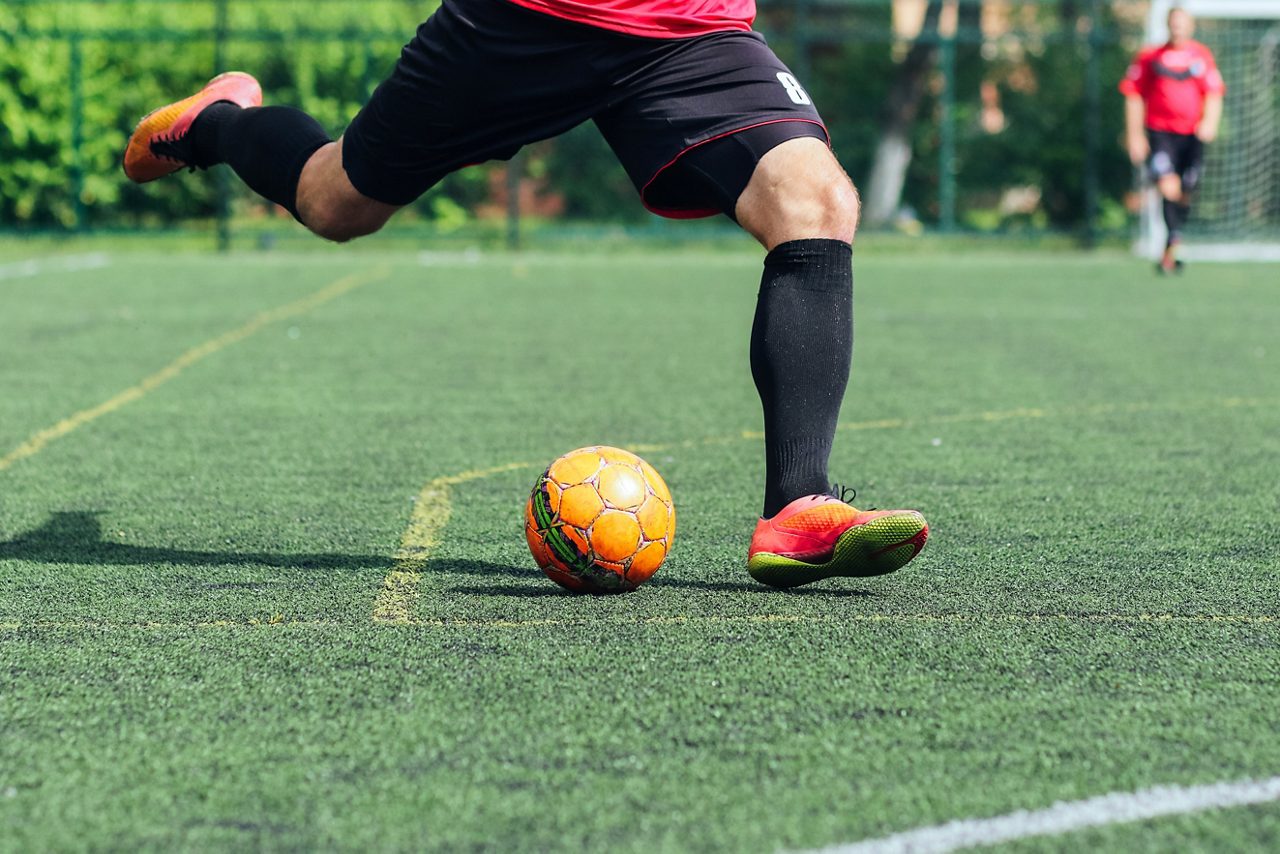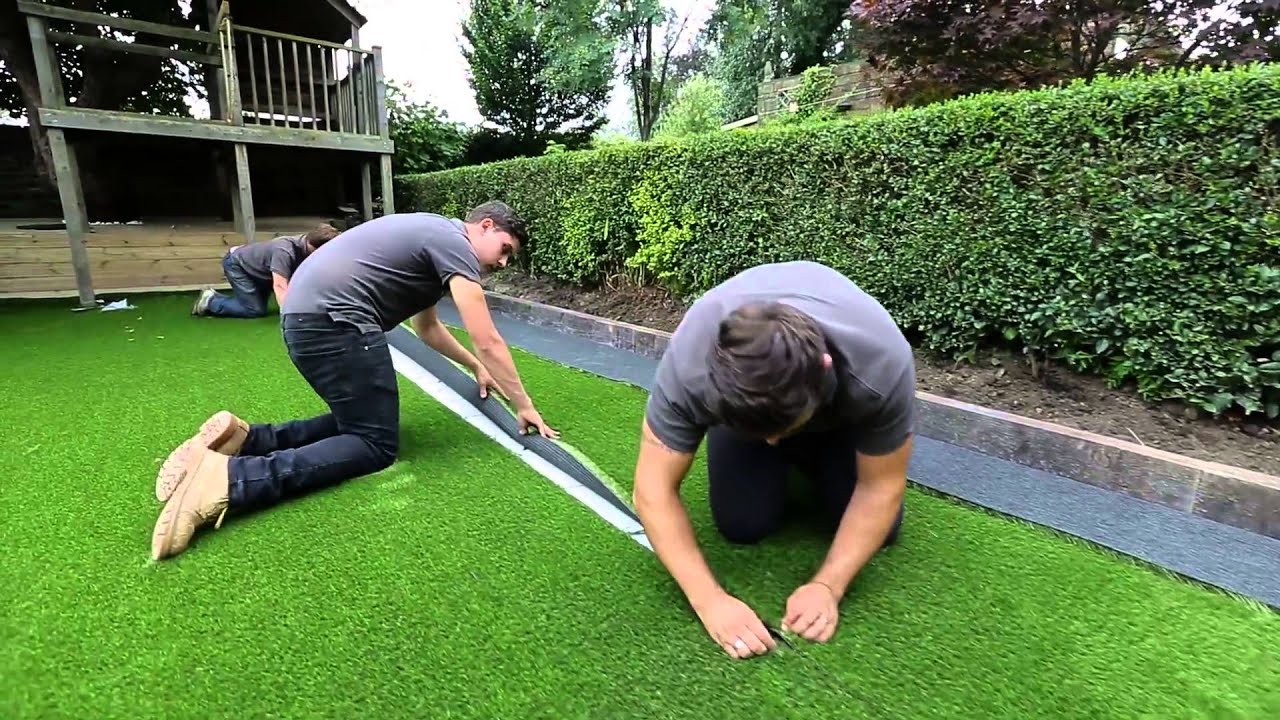Delve Into the Environmental Advantages of Opting for Synthetic Grass Solutions
The fostering of artificial grass options provides a compelling chance to attend to pushing ecological obstacles. By significantly decreasing water usage and lessening the application of harmful chemicals, these alternatives not only promote sustainable landscaping yet additionally protect local environments.
Water Preservation Conveniences
One of the most substantial benefits of synthetic lawn is its capacity to conserve water. In comparison, man-made turf does not require watering, substantially decreasing the total need for water sources.
By removing the requirement for normal watering, synthetic lawn adds to sustainable landscape methods and aids reduce the ecological impact of extreme water consumption. Additionally, the conservation of water encompasses the decrease of runoff, which can cause soil disintegration and river contamination.
In addition, the setup of fabricated grass permits districts and home owners to assign water sources extra effectively, concentrating on important usages such as drinking water and farming. The change towards synthetic lawn not only promotes accountable water usage however additionally straightens with more comprehensive ecological goals targeted at protecting natural resources.
As neighborhoods significantly focus on sustainability, the water preservation advantages of fabricated lawn offer an engaging instance for its fostering in household and business landscape design jobs.
Minimized Chemical Usage
The transition to synthetic turf considerably decreases the dependence on chemical treatments frequently utilized in natural grass upkeep. Typical lawn administration commonly entails the application of herbicides, chemicals, and plant foods to promote development and control bugs. These chemicals can present risks to human health, neighborhood wild animals, and the environment, adding to dirt and water contamination.
In comparison, synthetic lawn eliminates the demand for these hazardous materials. By reducing the launch of artificial compounds right into the ecological community, man-made turf advertises much healthier soil and water systems.
In addition, the absence of chemical overflow related to synthetic lawn installations assists shield local waterways from air pollution, sustaining aquatic life and preserving biodiversity. Arizona turf. As communities progressively focus on lasting techniques, going with synthetic grass offers a viable service that lines up with ecological preservation objectives. Via this change, homeowner can take pleasure in lavish environment-friendly rooms without compromising ecological health, paving the way for a much more sustainable future
Lower Carbon Footprint

Additionally, the setup of fabricated lawn can result in considerable water preservation. All-natural grass require considerable amounts of water for watering, which not just includes in the carbon footprint connected with water removal and therapy but also strains regional water resources. In comparison, artificial turf needs marginal upkeep, calling for no watering, thereby significantly decreasing water usage and its connected energy costs.
Additionally, the durability of synthetic grass adds to read what he said its reduced carbon influence. With a life-span of approximately 15 years or even more, the requirement for regular replacements is diminished, causing much less waste and reduced energy consumption in production and getting rid of traditional grass choices. Generally, man-made grass presents a lasting choice for ecologically conscious landscape design.
Environment Preservation
Environment preservation is a crucial consideration in the discussion over landscaping choices, specifically when comparing synthetic grass to all-natural grass. All-natural turf lawns typically call for considerable upkeep, consisting of the usage of chemicals, herbicides, and plant foods, which can detrimentally impact local ecological communities. These chemicals can seep into the dirt and rivers, harming indigenous vegetation and animals and disrupting local habitats.
Fabricated lawn eliminates the need for hazardous chemicals, thus safeguarding close-by wildlife and preserving the stability of bordering environments. The installment of man-made lawn can lead to the conversion More Help of former yard areas into more biodiverse landscapes, such as pollinator yards or indigenous plant locations, which can support regional wildlife.
Ultimately, the transition to artificial lawn not just preserves water and minimizes maintenance efforts but additionally cultivates a much more harmonious relationship in between human tasks and the native environment, advertising habitat preservation while doing so.
Long-Term Sustainability
Lasting sustainability is a critical variable in examining the advantages of synthetic grass over standard turf yards. Among the most substantial advantages of synthetic grass is its longevity; it can last as much as 15-20 years with minimal upkeep, whereas natural grass calls for regular reseeding and replacement. This long life decreases the demand for continuous resources, such as water, plant foods, and pesticides, which are essential for preserving a healthy turf lawn.
In addition, synthetic lawn contributes to a decrease in carbon emissions connected with lawn treatment equipment. Standard grass commonly require gas-powered mowers, leaners, and blowers, all of which add to air contamination. Phoenix turf companies. On the other hand, man-made lawn gets rid of the demand for such equipment, promoting a cleaner atmosphere
Moreover, the production of synthetic grass progressively makes use of recycled materials, enhancing its sustainability account. As suppliers adopt green practices, the environmental impact of synthetic grass continues to lessen.

Verdict
The adoption of synthetic grass options presents substantial environmental benefits, including substantial water conservation, reduced dependence on hazardous chemicals, and a reduced carbon footprint. Artificial grass help in preserving all-natural environments by reducing land disruption and promoting long-lasting sustainability via the usage of sturdy materials. Jointly, these factors highlight the possibility of synthetic grass to add favorably to environmental health and wellness and supply a practical option to typical landscaping practices in a significantly resource-conscious globe.
In contrast, synthetic grass does not require watering, dramatically reducing the general demand for water sources. By decreasing the launch of artificial compounds into the community, man-made grass advertises much healthier dirt and water systems.
Furthermore, the installation of synthetic grass can result in considerable water preservation. In comparison, man-made grass requires very little upkeep, needing no watering, consequently dramatically lowering water use and its linked power expenses.

Comments on “High-Quality Arizona Turf Solutions for a Attractive and Lush Landscape”